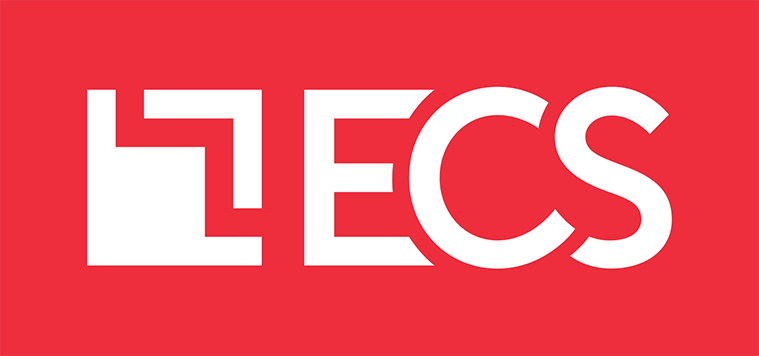The Cost of Cybercrime Continues to Climb
Trillion
the predicted cost of cyberattacks
on global markets by 2025.1

Susceptibility to Attack Methods is Growing
In 2022, the Internet Crime Complaint Center (IC3) received
complaints
totaling more than $2.7 billion in losses from business email compromise (BEC) schemes, an evolution of simple hacking or phishing that target both businesses and individuals performing transfers of funds.2
At least one known open-source vulnerability was detected in 84% of all commercial and proprietary code bases in 2022, up 4% from 2021.3

In 2023,80% of reported cybercrimeswere attributed to phishing attacks.4
Threat actors are increasingly using AI to craft more sophisticated phishing campaigns, including large language model (LLM) generated emails, deep fakes, and voice cloning technology to impersonate family, friends, and colleagues.5
In 2023, the average ransomware paymentincreased by 89%year-over-year to $1.5 million.6
Cryptocurrency investment fraudrose from $907 million in 2021 to $2.57 billion in 2022,with the most targeted age group reporting this type of scam being 30-49.7


In 2023, it took an average of 287 days to identify a data breach. The average time to contain a breach was 80 days.8

As of 2021, the average financial services employee has access to 11 million files.9
Multifactor authentication blocks 99.9% of modern automated cyberattacks, 96% of bulk phishing attempts, and 76% of targeted attacks.10
of all businesses have already experienced web-based attacks.11
The Importance of Proactive Prevention
Proactive prevention is the best defense against cyberattacks. Many of these threats can be prevented with simple security measures. By taking the time to implement these best practices, you can protect yourself and others and help keep your data safe from malicious actors looking to exploit it.











In a World of Bad Actors, #BeTheCyberStar
1 Statista – 2, 7 IC3 – 3 CSO Online – 4 Astra Security – 5 Forbes – 6 SC Media – 8 IBM – 9 Varonis – 10 Zippia – 11 Ponemon Institute
Dictionary
Phishing
A technique for attempting to acquire sensitive data, such as bank account numbers, through a fraudulent solicitation in email or on a web site, in which the perpetrator masquerades as a legitimate business or reputable person.
Ransomware
A type of malicious attack where attackers encrypt an organization’s data and demand payment to restore access.
Multifactor Authentication
A system for confirming the identity of a user, process, or device that requires more than one distinct authentication factor for successful authentication. Multifactor authentication can be performed using a multifactor authenticator or by a combination of authenticators that provide different factors (e.g., something you know, something you have, and something you are).

